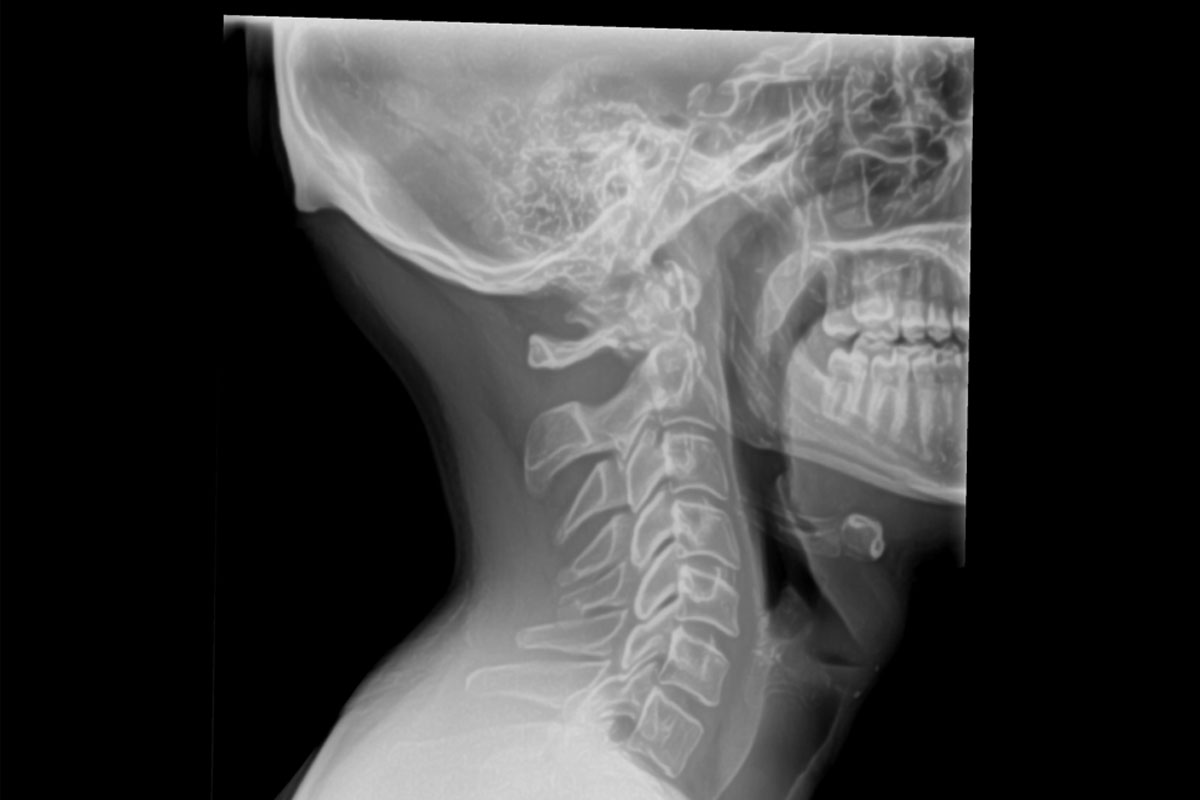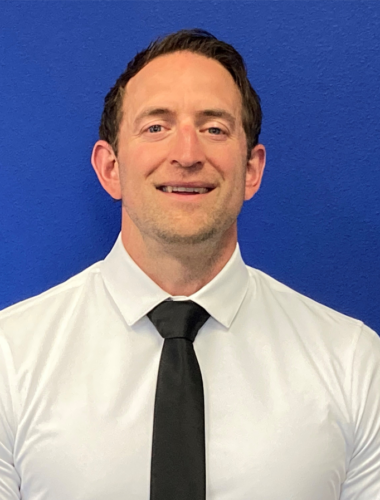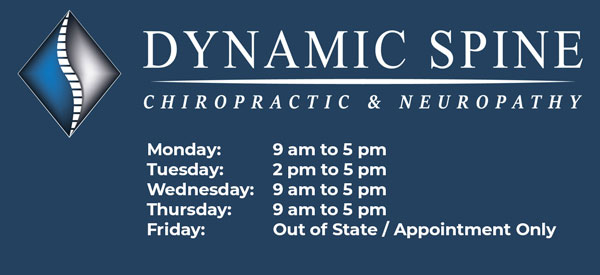
Disc Degeneration & Disc Bulge
Types of Disc Conditions
The spinal disc is connective tissue that sits between the spinal bones. The spinal disc acts as both a shock absorber and a pivot point that allows for movement of the spine. The disc is made up of two parts, an inner “gel” like substance known as the nucleus pulposus, and an outer layer or cartilage, known as the “annulus fibrosis”. The inner layer is the primary shock absorber, and the outer layer acts as a tough ring of fibers that contains the gel. Different injuries can begin to affect the disc. Some common disc injuries/conditions include:
*Disc Degeneration – With disc degeneration, there is thinning and “desiccation” of the disc material. The disc begins to dry up, and thin, losing some of its shock-absorbing potential.
*Disc Herniation – A disc herniation occurs when the outer ring (annulus fibrosis) of the disc tears, allowing the gel like nucleus to “herniate” out of the circumference of the disc. Disc herniations can vary in their location, severity, and some produce severe symptoms, while other cases may be mild or even asymptomatic. Subtypes are disc protrusion, disc extrusion, and disc sequestration
*Disc Bulging – Disc bulging occurs when the outer portion of the disc begins to stretch or “bulge” outward. The issue with bulging is that the disc outer material is weakening, making it more prone to future injury. Disc bulges can range from mild to severe, some can even create a “pinched nerve” pain, while many other disc bulges cause no symptoms at all. Subtypes focal and circumferential
Spinal disc changes affect a large percentage of people, and are common producers of back or neck pain.
What Causes These Disc Conditions?
It is often thought that aging causes spinal disc injuries. However, while aging does contribute, other factors play a large role in the development of disc injuries. The disc is a shock absorbing material that is subject to the forces applied to it. Bending, twisting and lifting creates force both inside the disc, but also tension on the outer ring of the disc. Over time, due to biomechanics and wear and tear, the disc may begin to tear, either creating a bulge, or herniation if severe. The tearing changes the location of the gel-like substance, further creating abnormal mechanics within the disc itself. Below is a list of things that can increase your risk of developing disc injuries:
- Abnormal biomechanics of the spine – Abnormal movement of the spine will increase the wear and tear of a spinal disc
- Abnormal or improper structure of spinal alignment – Since the disc acts like a “tire”, to help absorb shock, the alignment of the spinal bones does play a role in how a disc absorbs shock. Certain conditions like loss of the lumbar or cervical lordosis seem to accelerate spinal disc conditions. Just like you have to have your tires “aligned” periodically, so should you have your spinal alignment monitored by a Chiropractor.
- Repeated movements that put increased strain on the disc – Certain movements that create high tensile forces on the outer rim of the disc may cause an increased risk of “tearing” the disc
- Prolonged poor posture – Prolonged abnormal posture again places abnormal biomechanics on the spinal disc, which may play a role in the production of disc conditions. Working with a Chiropractor to correct these postural abnormalities can play a role in improving symptoms associated with spinal disc injuries.
How to Identify Disc Injuries
The gold standard for identifying a spinal disc injury is an MRI. MRI allows us to see the connective tissues of the disc, along with any nerve compression. The MR image is very detailed and clear, however, they are expensive and in some cases take months to obtain. Identifying disc injuries begins with the following approach:
- Physical examination
- Orthopedic testing – the goal of these are to try to elicit pain or radiating pain
- X-rays – While X-rays cannot see the disc itself, it can identify disc thinning due to degeneration, changes to the alignment of the spine, lost or abnormal biomechanics or curves to the structure of the spine, and other underlying factors.
- Neurological testing – Neurological testing, which includes testing reflexes, strength, and sensory testing can help to determine if a nerve is being pinched or irritated, which commonly occurs within disc herniations.
How to Treat Disc Injuries
It is very important to understand that disc conditions commonly occur over time, and the production of pain with disc injuries comes from multiple causes. There are a few mechanisms that produce pain regarding disc injuries:
- Direct compression on a nerve from the disc itself
- Increased swelling and irritation in the joint space
- Abnormal biomechanics or structure of the spinal joint
When treating disc injuries, all three of the above concerns should be addressed. At Dynamic Spine and Neuropathy, our therapy targets these areas to help provide a safe but effective form of treatment for disc injuries. Below are some therapies we utilize:
- Spinal Decompression – This non-surgical technique creates a gentle stretching of the spinal column, eventually creating a “negative pressure” in the disc, which helps to pull nutrients and fluid back into the disc itself. Think of this similar to a sponge absorbing water. Spinal decompression therapy has shown in some studies to be 88% effective in long-term relief for spinal disc injuries. Other studies have shown that spinal decompression may help to reduce the severity of spinal disc herniations.
- Laser Therapy – Because swelling and inflammation play a role in spinal disc injuries, we utilize state of the art low-level laser therapy to help with control of the pain. Some forms of this we allow the patient to take and use at home, while other forms are used in the office. Laser therapy is very safe and effective in controlling pain, reducing inflammation, and even shortening recovery time associated with connective tissue injuries.
- Precise Arthrostim Adjusting – Spinal disc injuries can be irritated by conventional or manual forms of spinal adjusting. Due to this, we use an instrument that allows us to still make corrections to the spinal joint alignment, without putting excessive force or strain in the area being treated. Patients of ours that come into the office in severe pain tolerate this type of adjusting very well, often seeing positive changes in just one or two treatments.
- Corrective therapeutic exercises – While our initial treatment does not use exercises (to allow the disc time to recover), our follow-up and aftercare corrective exercises aim to help the patient prevent future issues.
How to Maintain Healthy Discs Long-Term?
A few steps can be taken to ensure your spinal disc health is being maintained. Below is our list of preventative measures when treating spinal disc conditions:
- Maintain proper spinal alignment and movement – Going to your chiropractor consistently is the best tool for maintaining normal alignment and movement.
- Avoid long-term positions of abnormal posture.
- Reduce repetitive movements of the spinal column that put high-tension forces into a spinal disc.
- Perform “diaphragmatic breathing” – This form of breathing ensures the diaphragm drops with every breath, which helps to increase the stability of the lumbar spine, therefore decreasing the load on the spinal discs.








